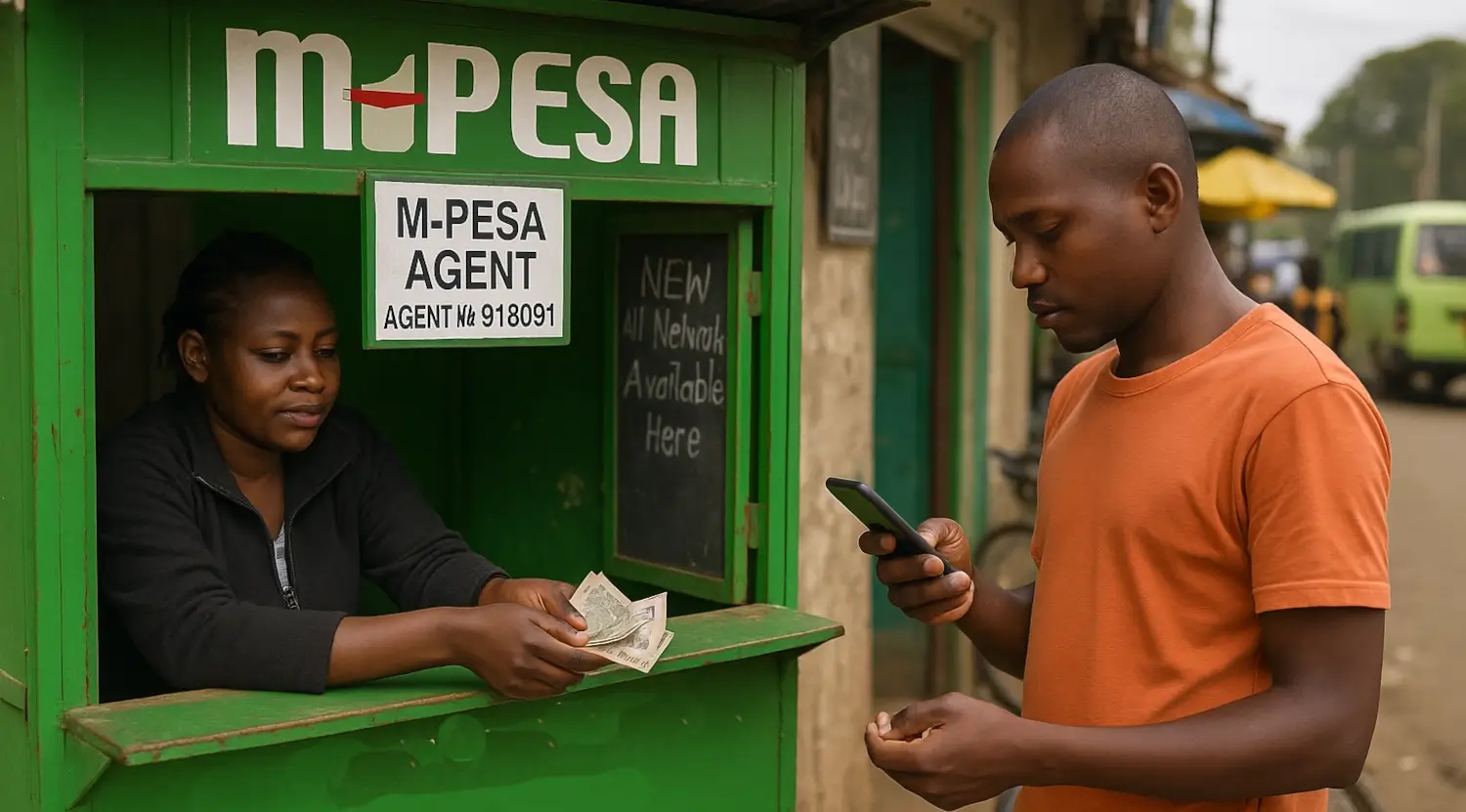
How M-Pesa Revolutionized Mobile Money in Kenya
M-Pesa started in 2007 as a simple idea: send money by phone. Today, it powers transactions worth billions daily. It changed how people in Kenya think about money—earning it, saving it, and spending it.
What made this service take off? Why did it work so well in Kenya? And what can businesses and individuals still learn from it?
Let’s break it down.
M-Pesa Solved a Real Problem
Before M-Pesa, most people relied on cash. Transferring money across towns meant handing it to a bus driver or sending it with a friend. That came with risk—delays, theft, or loss.
Safaricom saw the need and acted.
- They launched a mobile wallet that didn’t require internet access.
- It worked on both basic and smart phones through USSD technology.
- It reached remote areas where banks had no presence.
For the first time, people could move money without moving themselves.
Easy to Start, Simple to Use
No bank account? No problem.
You only needed:
- A national ID
- A Safaricom line
- A few minutes to register with an agent
After that, you could send, receive, and store money using a menu on your phone. No complex forms. No paperwork. Just a few button presses.
This simplicity helped M-Pesa gain trust fast.
It Empowered Small Businesses
From mama mbogas to tech startups, M-Pesa became the go-to payment method.
- Street vendors accepted payments by phone.
- Farmers received payments for produce remotely.
- Urban shops paid suppliers without leaving their premises.
- Online businesses integrated M-Pesa through payment APIs.
It opened doors for businesses that couldn’t afford POS systems or didn’t have access to traditional banking.
It Enabled New Services
Once M-Pesa gained traction, other services followed.
- Pay Bills: Electricity, water, internet, and even rent payments went digital.
- Buy Goods: Supermarkets added till numbers. So did fuel stations.
- Access Loans: Apps like M-Shwari let users save and borrow through their phones.
- Banking: M-Pesa connected with banks, allowing deposits and withdrawals anytime.
Today, mobile money is the backbone of many digital services in Kenya—from e-commerce platforms to payroll systems and even USSD apps used by SACCOs and schools.
Are you building a service in Kenya? Think about how mobile payments could simplify the experience for your users.
M-Pesa Created New Jobs
Look around. Every estate, market, and highway in Kenya has M-Pesa agents.
These small kiosks became more than cash-in/cash-out points. They became businesses—thousands of them. And many young people found employment this way.
It was low-barrier self-employment with real impact.
Could your company adopt a model that lets people earn while delivering your service?
Data Supports the Story
By 2024, M-Pesa had over 60 million users across Africa. In Kenya alone, it processed over KSh 3.2 trillion in transactions during just the second quarter of 2023.
That’s more than just a number. It’s a sign that mobile money isn’t a trend—it’s the new normal.
It Helped People Save and Plan
Imagine earning KSh 500 a day and being able to:
- Save part of it through your phone
- Send school fees to your family instantly
- Receive emergency support from friends in seconds
That’s what M-Pesa made possible.
It helped people plan ahead, avoid unnecessary travel, and handle emergencies faster. That’s financial inclusion in action.
Lessons for Companies Today
What can modern businesses learn from M-Pesa’s success?
- Solve a real need. M-Pesa didn’t try to impress—it tried to help.
- Keep it simple. The less friction, the faster the adoption.
- Reach the underserved. Many companies in Kenya still ignore this audience.
- Build trust. M-Pesa invested in agents and customer service to support users.
Whatever your business is about, start from the same principles.
Where Do You Fit In?
If you're a business owner, how do you accept payments?
If you're building a service, can your users transact easily?
If you're a web developer, are you offering payment integration for mobile money?
Think about it. Because M-Pesa isn’t just a success story—it’s a standard. And if you're not meeting that standard, you risk falling behind.
Let your business or product be as useful as M-Pesa has been for Kenya. Start with the customer’s real needs—and build from there.


